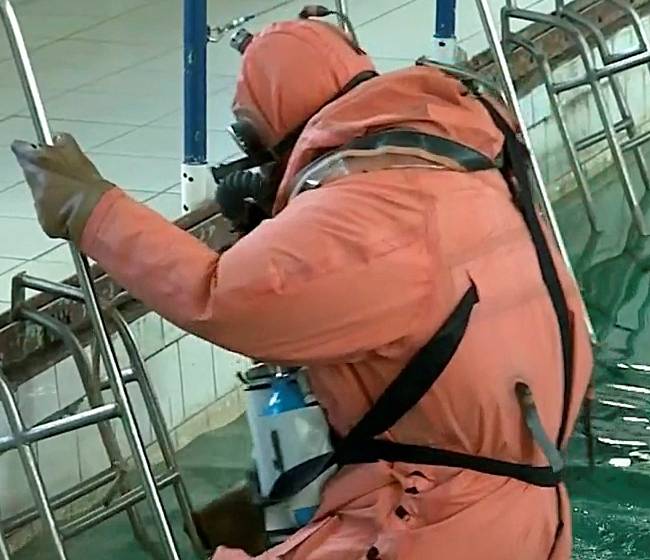The rescue equipment of the submariner "SSP-M" will be adopted by the end of the year.

He noted that "the equipment will allow to provide rescue from the depths to 220 meters using the free ascent method."
According to the representative of the Navy, "in 2017-2018, during the exercise in the Novorossiysk naval base, the element of the escape through the torpedo apparatus of the conventional submarine of the experimental group of the institute consisting of six people was worked out using the SSP-M rescue equipment." Before that, the equipment was tested on the basis of the Scientific Research Institute for Rescue and Underwater Technologies in the city of Lomonosov.
Crews of nuclear and diesel-electric submarines of the 4 generation will be equipped with new equipment.
In addition, “in the new equipment there is no parachute system, which previously provided braking for the free ascent of the submariner and had impressive dimensions,” added Dygalo.
Equipment is a development of the Russian company "KAMPO". It “allows us to leave the emergency submarine not only through the rescue hatch, but also through other sluice devices, the Navy representative said.
Information